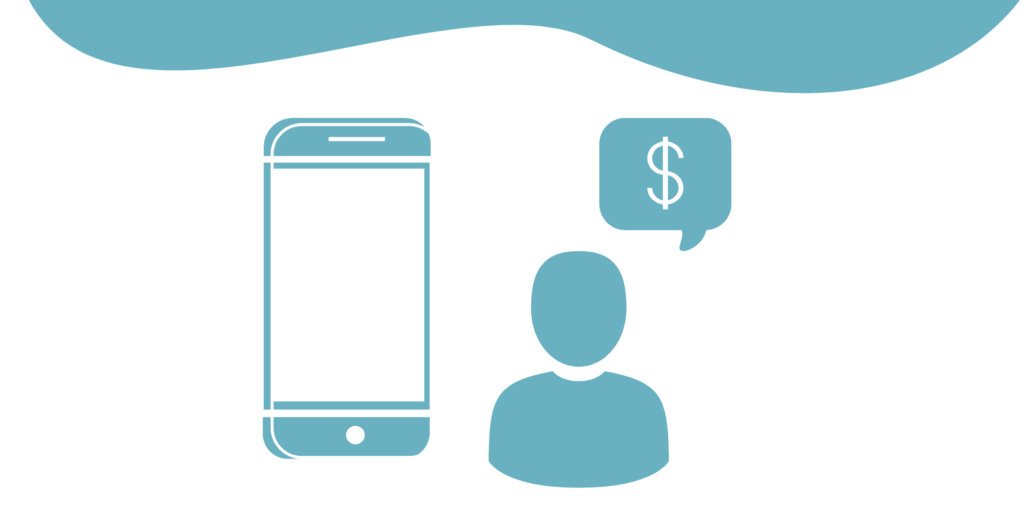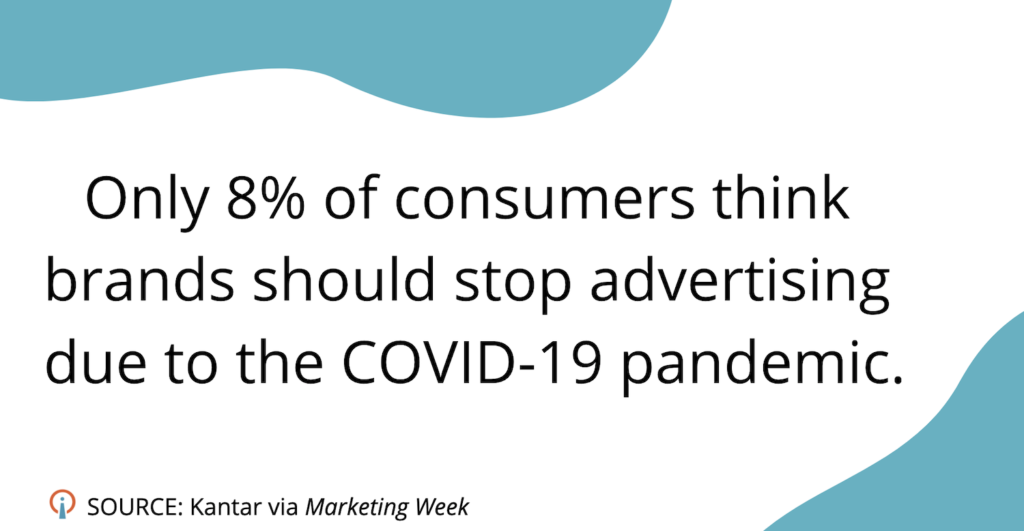Should You Advertise During COVID-19? Here’s What the Experts Are Saying
May 15th, 2020 by
The dramatic increase in media consumption due to global stay-at-home orders has led to changes in consumer behavior. The data from Facebook, Instagram, and streaming services for television gives us insights as to how we can adapt digital marketing to align with these consumer shifts.
Before this time, video was producing the highest engagement rates and often the best advertising results. Now, Nielson predicts homebound consumers could account for an almost 60% increase in the amount of global time spent watching video.
People are also spending significantly more time on social media. While people use social media to catch up on current events, it’s clear they’re also spending time there for entertainment as a break from the barrage of virus-specific news.
In a public Facebook report, the company openly discussed massive increases in traffic, messaging, and bandwidth usage. They have seen a 50% increase in messaging across their platforms.
More than ever, people are also spending time on apps and downloading. This is noteworthy from a digital marketing perspective because display network advertising can reach potential customers while they use apps.
- On average, consumers around the world spent 20% more time playing games and using apps each week in Q1 2020 than they did in Q1 2019.
- In Q1 2020, consumers spent over $23.4 billion in app store purchases, the largest quarter ever in terms of consumer spending.
- There were over 31 billion new app downloads, a 15% increase from Q4 2019.
Kantar Media, a global data consulting company, surveyed more than 35,000 consumers globally and found that only 8% of people think companies shouldn’t stop advertising due to the pandemic.
88% of the U.S. population uses a computer or mobile device while watching either digital video or traditional TV, and this number is likely to be even higher during social distancing.
In the week of March 9, Nielsen tracked a 10% increase in viewership of local news in the 25 to 54-year-old demographic. These viewers are probably browsing Facebook, Twitter, or Instagram on their phone while the news is on in the background.
Current Increases:
- The local CBS affiliate in New Orleans, WWL-TV, has seen its viewership quadruple.
- Medical, legal, and home improvement industries have increased their advertising.
- Feel-good advertising has become more common, including large organizations sending out “thank you” messages to their staff and front-line workers.
Facebook Advertising
With people consuming digital media at such a high rate, there are more opportunities to show ads to potential customers. That, coupled with the fact that many advertisers have reduced their budgets, means there is less competition for each impression, which lowers the cost and increases the effectiveness of your ads.
In the US, the average cost per thousand impressions (CPM) for Facebook ads fell below $3 for the first time in two years on March 22. The average CPM has remained close to this $3 average for about two months. For comparison, the average CPM in the US from March 2018 to February 2020 was $4.67.
The Costs to (Dis)Engage
Kantar conducted an experiment to see how a popular beer company’s sales and market share would be affected if it cut its ad spend. Their research found that if the beer company paused all of its marketing campaigns, it would see a 13% decrease in sales and struggle to recover that lost market share.
Kantar’s global head of media, Jane Ostler, shared an impactful insight, “Brand health becomes vulnerable when companies stop advertising…If they do this for longer than six months, it destroys both short- and long-term health.”
Studies have also shown that during the Great Recession, brands that continued advertising recovered 9x faster than those who didn’t. All of the data from 2008 and the models for the current situation point in the same direction: not advertising for six months or more will have drastic effects.
Lessons From the Great Recession
While “unprecedented” may be the word of the year, we do have the examples from the Great Recession from 2007-2009 to draw upon for insights when it comes to the economic impact of a recession.
During the Great Recession, two primary changes emerged in the packaged goods industry: shifting channel preference and reduced brand loyalty.
- By channel, consumers were more likely to shop through dollar and value stores. They weren’t as concerned about shopping at their usual grocery and big box stores.
- Reduced brand loyalty meant shoppers were more likely to choose cheaper, private-label items, such as Walmart’s Great Value brand, over big-brand favorites like Dawn and Bounty.
This created a huge opportunity for brands to sell products to consumers who would otherwise not have made the switch. This also meant established brands needed to protect their relationships with customers by keeping them engaged.
Ten years later, we predict that these trends in consumer behavior will return, except this time the shift in preference is to online shopping.
For your business to be competitive online, consumers need to know that you exist, what you’re offering, and how to initiate a transaction with you online—whether that is through submitting an inquiry, a virtual consultation, or actually purchasing something.
The Path Forward
There’s a natural instinct to cut back on advertising to reduce expenses. Instead, you should focus on how to improve the efficiency of your marketing.
There are more and more business transactions happening online. Properly set up analytics will allow you to track your leads to give you a better idea of which marketing efforts are driving your leads and sales.
Industry-wide, there’s no question that digital advertising is the most cost-effective option for advertisers because of the surge in digital media usage and reduced competition. The low CPMs and lack of competition will not last forever.
With the right team of experts, you can help secure the health of your company. At Search Influence, we provide businesses with an array of digital marketing services to help them reach customers online. Contact us to chat with an expert on our team.


